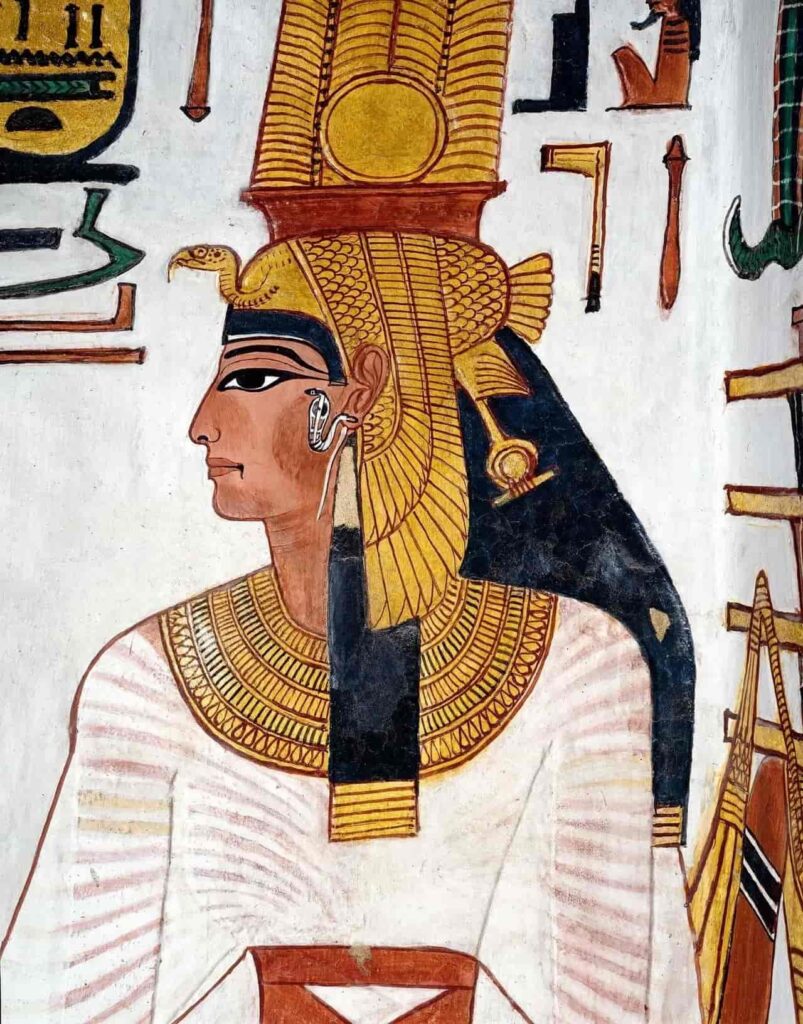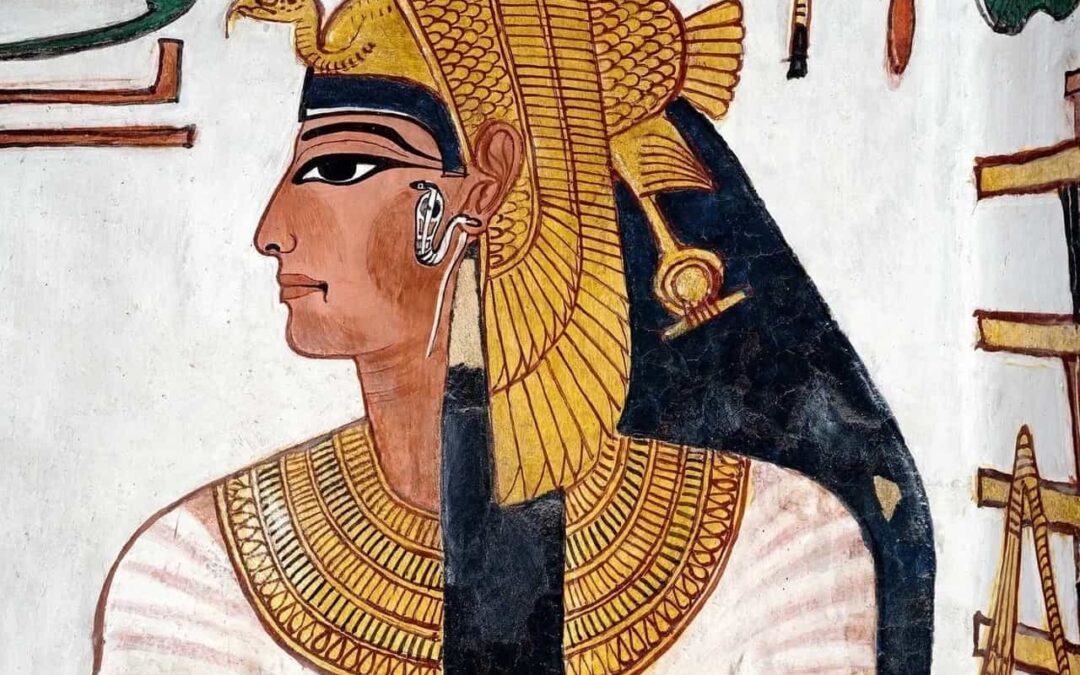Unlike ordinary ancient Egyptians, the pharaoh could have several wives. Since the 12th Dynasty, one of them held the special title of “great royal wife” (Hemet Nesout Ouret).
It was the great royal wife who was responsible for giving birth to the heirs to the throne. Indeed, theogamy, a myth in which, during the royal conception, Amun unites with the queen to transmit divine blood, allowed the future pharaoh’s inheritance to be acknowledged. Thus, the great wife transmitted the divine substance to the royal child.
Although theogamy was one of the foundations of dynastic legitimacy, it seemed to be more of a doctrine. However, some researchers explain actual incest, which refers to consanguineous marriages between brothers and sisters or fathers and daughters, as the ideal application of this principle.
Actual incest can also be explained by mythology, where the gods themselves marry brothers and sisters: Shu and Tefnut, Geb and Nut, Osiris and Isis, Seth and Nephthys.
For example, it is true that during the 18th dynasty, it was a common practice for the great wife to be the pharaoh’s sister. This was the case with Ahmose I, who, by marrying his sister Ahmose-Nefertari, marked the beginning of a dynasty. However, the first king, Djedefre, of the 4th Dynasty, had married his half-sister Hetepheres.
Similarly, marriages between fathers and daughters were not uncommon. Pharaohs like Akhenaten, Ramses II, and Ramses III had one or more of their daughters as wives. These unions between fathers and daughters were generally seen as symbolic.
However, this rule had many known exceptions, which tend to prove that the great wife, who was supposed to transmit divine blood, was not necessarily the daughter of the pharaoh.
In addition, diplomatic or political marriages were often arranged with princesses of foreign origin, as seen in the case of Ramses II’s marriage to Maathorneferure, a Hittite princess, and later to her younger sister.
Role of the Great Royal Wife
Regardless of her origin, the great wife plays a prominent role in the monarchy. She often serves as the king’s advisor. Queens are also the only ones who are entitled to share certain adornments with the pharaoh, such as the uraeus, and symbols associated with deities, such as the vulture and Hathoric horns.
They have their own residence and actively participate in the management of the pharaoh’s extensive harems. Furthermore, their role is pivotal in the education of the heirs to the throne. Lastly, some great wives were even able to ascend to the throne themselves, as demonstrated by the case of Hatshepsut.







